I have to report daily data, and everyday I have to create a new sheet with today's date.
I have a summary sheet in the end which shows the sum for all the days.
I have this formula in my summary sheet
=SUM(('Shift 1 (May 2)'!AY142:AY145),('Shift 1 (May 3)'!AY142:AY145),('Shift 1 (May 4)'!AY142:AY145),('Shift 1 (May 5)'!AY142:AY145),('Shift 1 (May 6)'!AY142:AY145))
Now, I have to edit this every day because a new sheet is created and it takes me 30-45 mins trying to edit the summary shit per day.
Is there a faster way to do this?







